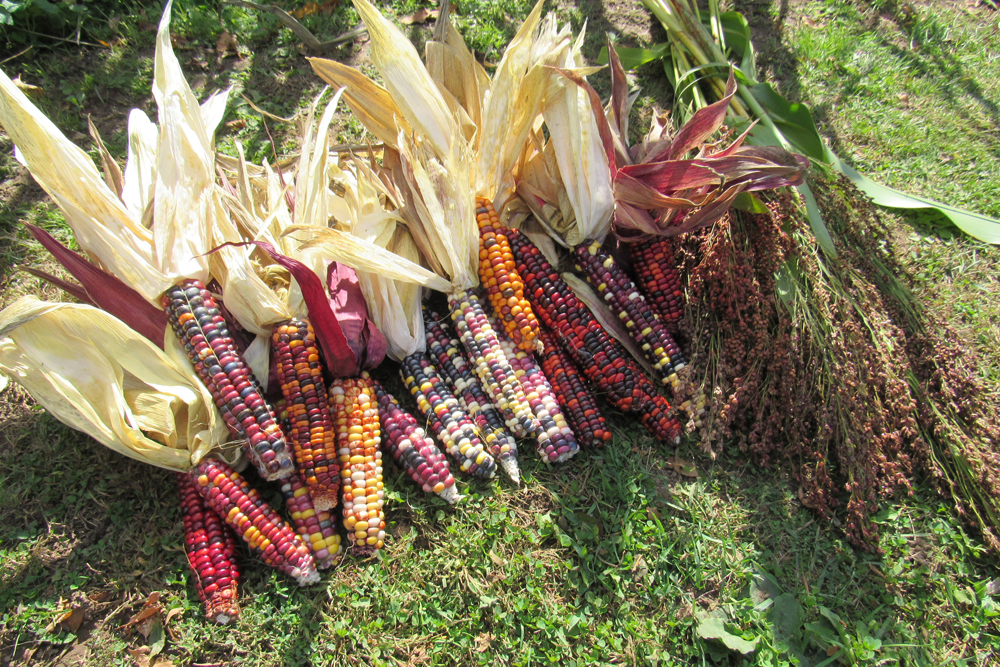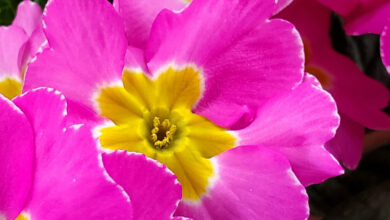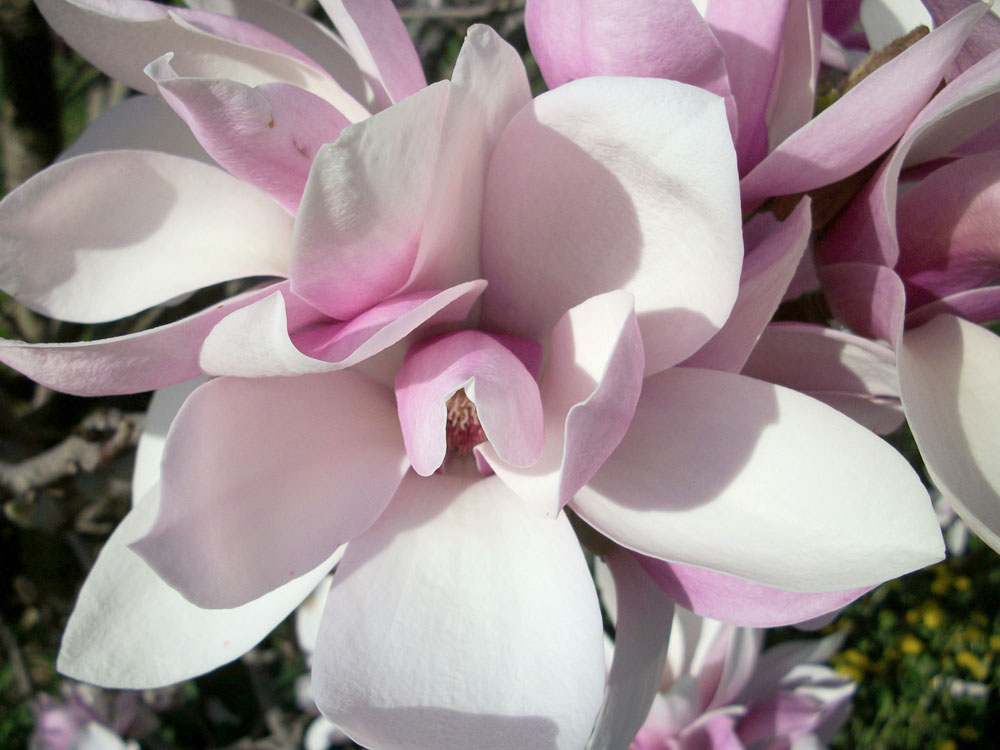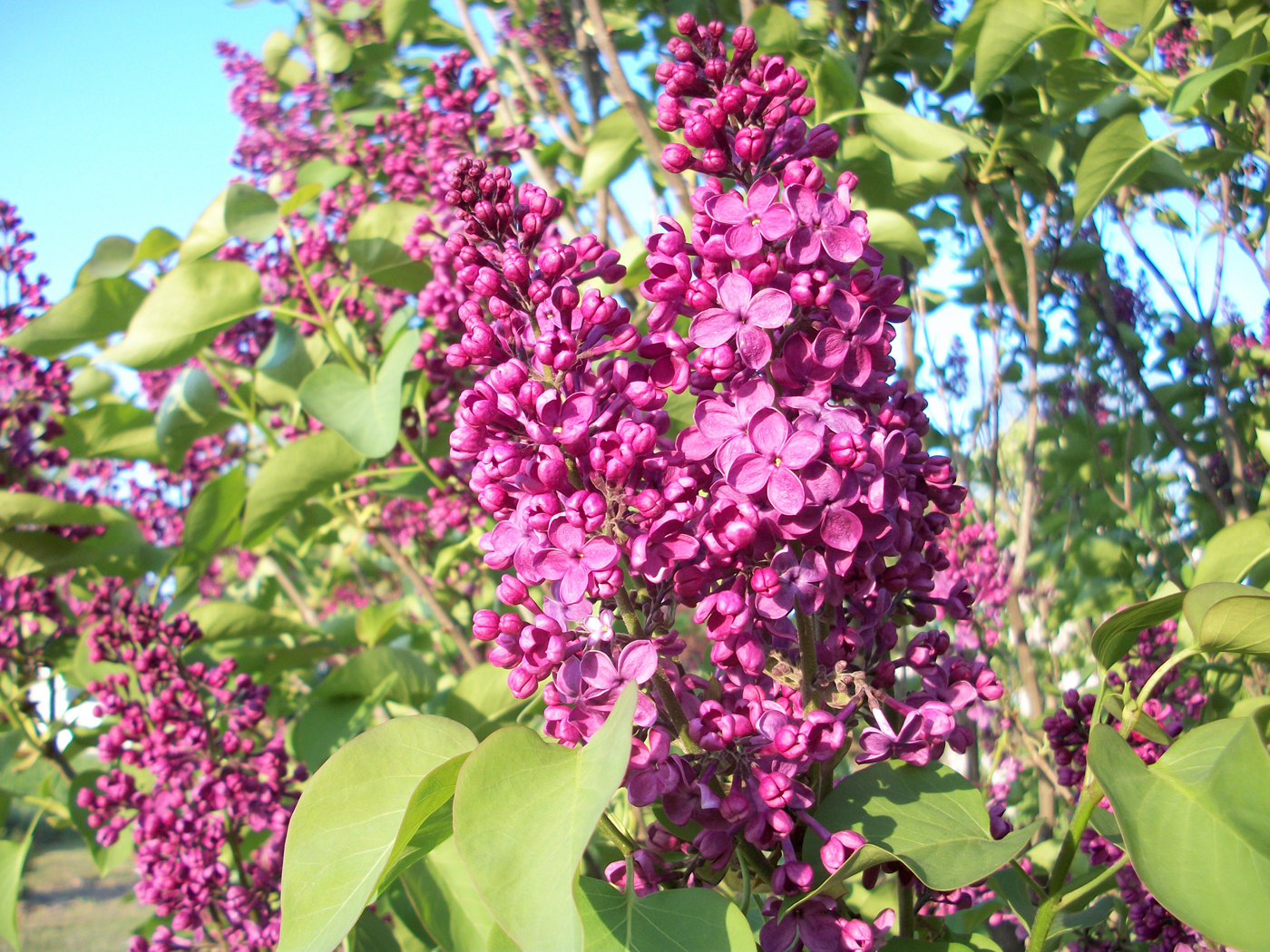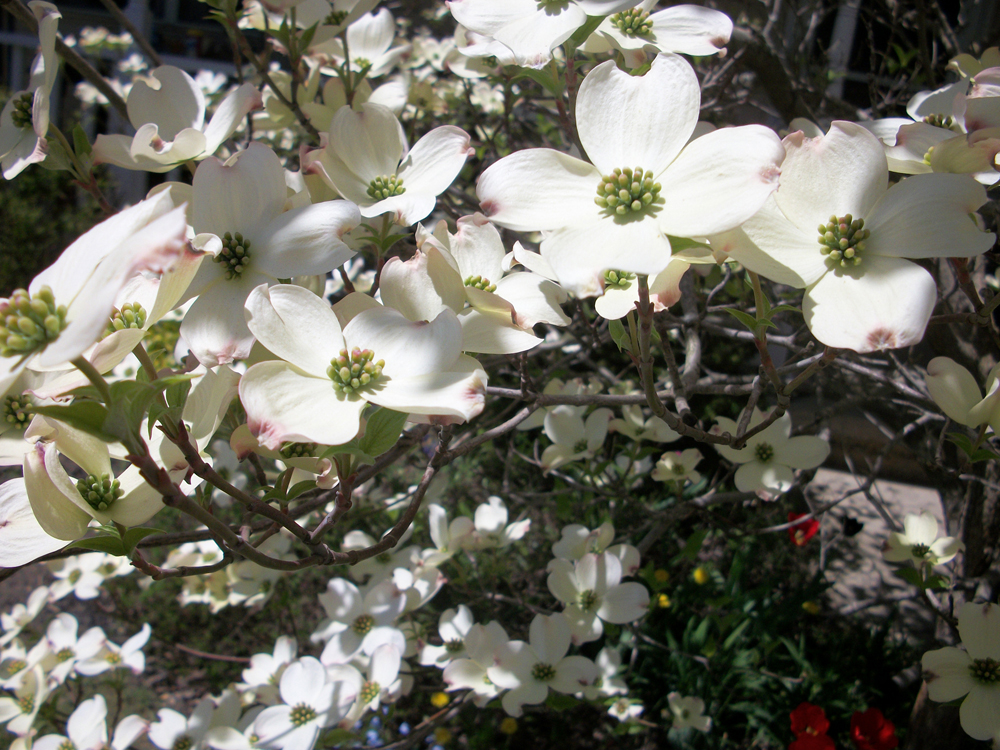Seed starting
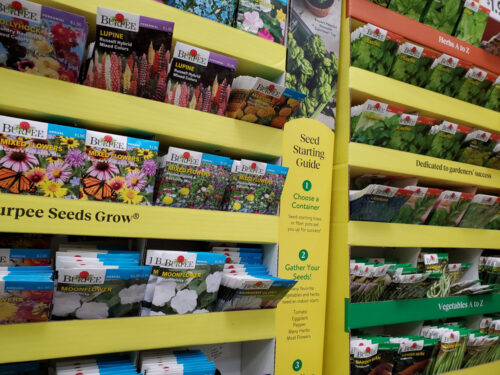
The weather has been wintery for the past several weeks, but spring is on the horizon, and it is time to start purchasing seeds for this year’s garden. Seeds like corn and beans do better sown directly into the soil late in spring when all danger of frost is past, but starting some varieties of vegetables and flowers inside well in advance of transplanting has advantages.
The University of Illinois says germination rates for seeds started inside are better because you can provide ideal conditions. There is less competition from other plants – including weeds – and fewer insect and disease problems. Additionally, starting plants from seeds gives you a much greater choice in varieties than you will find at garden centers as transplants. There are hundreds of varieties of tomatoes, for example, available by seed compared to what is available as a transplant.
Starting seeds is not difficult, and you can plan to try just a few varieties or many. You can experiment with plants that you have never grown. To start seeds indoors, you need seed, a container, growing media, water, and light.
Choose a seed starting mix, not garden soil for your growing media. Garden soil is heavy and may contain weed seeds or even diseases. Seed starting mix is sterile and formulated with milled peat moss, perlite, coconut coir, and vermiculite. This light-weight and fine textured mix is perfect for starting seeds.
Containers can be egg cartons, eggshells, peat pots, plastic pots, or cell flats that you purchase at the store. Some cell flats are sold with dry pellets of seed starting mix that fit perfectly in the cells. Illinois Extension says that whatever container you choose, make sure there is a way for excess moisture to drain.
Lighting is important and fluorescent growing lights are a great option, but Illinois Extension says regular fluorescent bulbs, a desk lamp, or a windowsill (that is not drafty) will work.
Check your seed packets for planting information, such as when to start seeds inside for transplanting in the garden and how deeply the seed should be planted.
You will need to moisten your seed starting media before planting. Add enough water so that the medium will hold its shape when you pick up a handful. It should not be dripping wet. Fill your container with the moistened medium and make sure it is settled in the container with no air pockets.
Place two or three seeds in an indentation in the media at the depth recommended on the seed packet. Gently press the media down so that good contact is made between it and the seeds.
Remember to follow the seed packet guidelines–some seeds need light to germinate. I always place those gently on top of the seed starting medium and press them down a bit to make contact with the mix.
Gently mist the containers with water after the seeds are planted and cover the container with plastic to keep the seeds warm and moist. Continue to mist the containers by lifting back the plastic until the seeds germinate. At that time, plastic covers can be removed. Keep the seedlings moist until they are planted outside later in the spring.
Remember, warmth is important, so you may need to use a seed starting mat. Light is also important. If you are lighting seedlings from above, Illinois Extension says to keep the lights three inches above the tallest plant. Keep them lighted for 12 to 16 hours each day. Timers are handy for switching lights on and off at the proper time. If seedlings need thinning, snip some off at the soil line with scissors.



